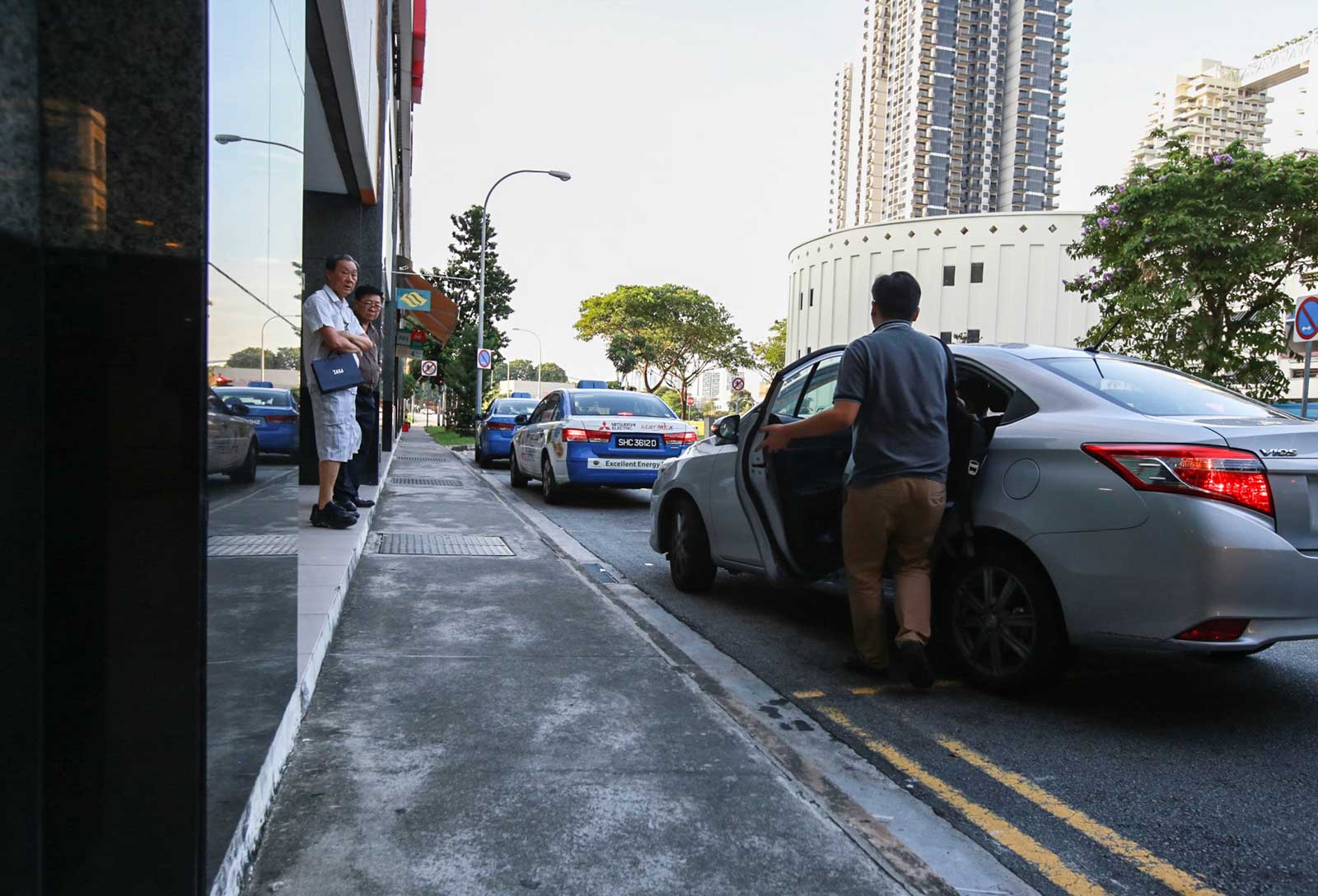Transport experts and industry players are divided on when the breakneck growth of private-hire vehicles will slow down.
Latest figures from the Land Transport Authority show the number of rental cars has risen by nearly 40 per cent from the end of last year.
The means there are more than 40,000 rental cars in town, which is double the number in 2014.
SIM University economist Walter Theseira said a “policy oversight” may be fuelling the growth of private-hire cars.
“If the intent of regulating car financing is to discourage excessive consumer debt, then long-term car lease arrangements should also be regulated, because a lease also carries financial penalties if the consumer is unable to fulfil the terms.”
Dr Theseira said the private-hire market “has allowed car users to monetise their cars” but “the person for whom this option is the most appealing is probably not in a good position to afford a car, particularly with restrictions on financing”.
Nanyang Business School Adjunct Associate Professor Zafar Momin said the rising popularity of firms such as Uber and Grab has been fuelling the boom in the private-hire car population.
He said taxis have been “frustrating commuters with a long list of pain points” – from patchy availability to mind-boggling fares and surcharges. But he said: “It is hard to predict whether the continued growth will slow… It depends on whether taxi operators can up their game.”
Some quarters reckon the market is already reaching saturation.
Mr Neo Nam Heng, chairman of taxi and private-hire operator Prime, said the rental business is slowing down with the economy.
He said “a loophole for consumers to bypass car loan curbs” is fuelling the population boom.
Uber driver Jerry Yeo, 43, is finding it harder to hit passenger targets to qualify for incentive payments. He said: “I will be giving up my rental car for a shared rental fleet with hourly rates next month because I don’t feel positive about future earnings with Uber.”
Other industry watchers reckon the newcomers are buying market share at huge expense to profitability, and that they will soon reach their own pain threshold.
Uber, for instance, was reported to have incurred losses amounting to US$1.2 billion (S$1.6 billion) in the first half of this year.

This article was first published on Sep 12, 2016.
Get a copy of The Straits Times or go to straitstimes.com for more stories.






